…
Berlin, Germany, October 9, 2025 — As delegates from around the world and across the private sector and civil society gather for the 2025 World Health Summit, the Reaching Every Child in Humanitarian settings (REACH) consortium has…

Androgenetic alopecia, also known as male pattern baldness or female pattern hair loss, is one of the most widespread causes of hair thinning in both men and women. While topical minoxidil is an approved therapy, its limited ability to dissolve…
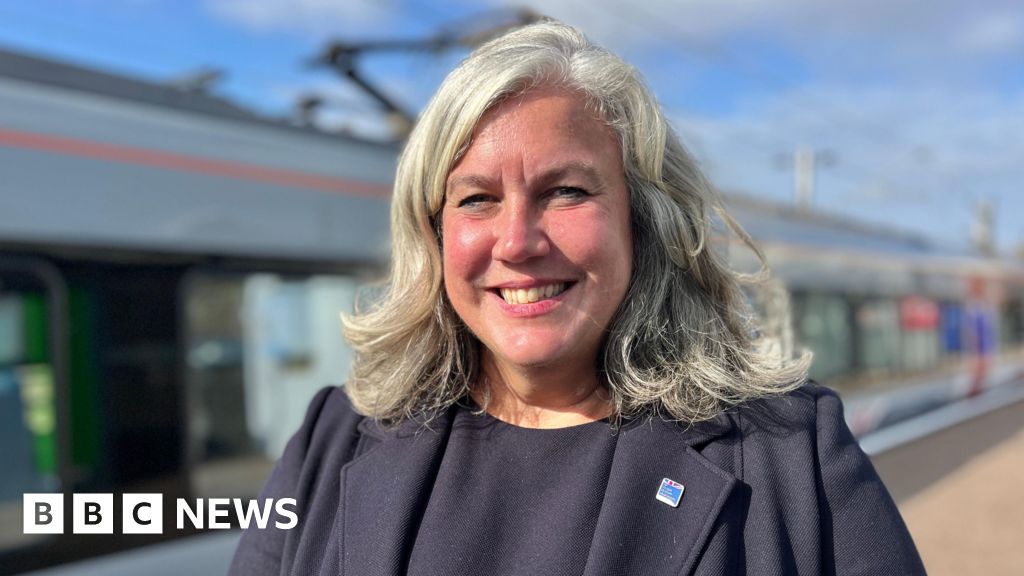
Andrew SinclairEast of England political editor and
Ben SchofieldEast of England political correspondent
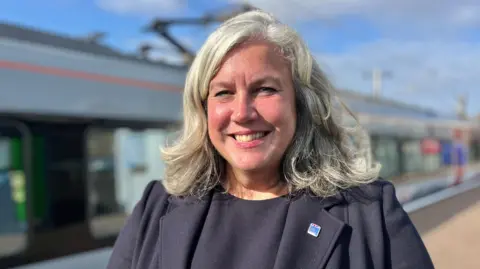 Martin Giles/BBC
Martin Giles/BBCThe transport secretary has vowed to “move heaven and earth” to deliver “value for money on the railways”.
But Heidi Alexander stopped short of promising cheaper fares for train passengers.
She was speaking ahead of the nationalisation of the East of England rail operator, Greater Anglia, on Sunday.
The company, which is among the UK’s best performing train firms, said passengers should experience the same levels of service.
Alexander, on a visit to Norwich station, said she wanted to “embed high-performing, reliable railways that people can depend on”.
There was also a “baffling array of different ticket types”, which she hoped nationalisation would help “simplify”.
“I do think we need to simplify fares, but I can’t make a promise that we can bring fares down in the short term because we’ve got to run a financially sustainable railway,” she said.
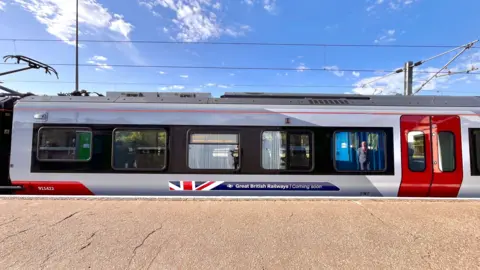 Martin Giles/BBC
Martin Giles/BBCLast week Greater Anglia, which handled 81.8m passenger journeys in 2024/25, was named Rail Operator of the Year at the National Transport Awards.
Almost 94% of its trains arrived within three minutes of their scheduled time last year.
The government said it would be “used as a benchmark for other operators” and would “share best practice and drive up standards” across the rail network.
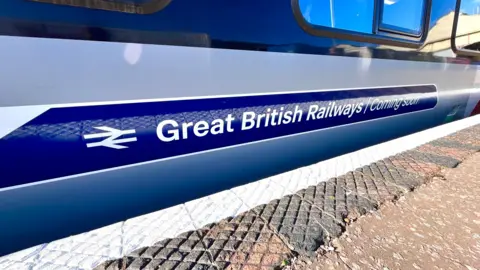 Martin Giles/BBC
Martin Giles/BBCGreater Anglia will eventually become part of Great British Railways, which the government plans to set up in the coming years.
The company runs trains from Cambridge, Ipswich, Norwich and Colchester into London, as well as the Stansted Express and services across the East of England.
The transport secretary said there was a “gap of about £2bn” between what the government “ploughs” into the railways and fare income from passengers.
“In the longer term, I would like to be able to deliver a more affordable railway but I’ve got to get the balance right between what the taxpayer is putting in to subsidise the railway – which is billions of pounds at the moment – and what passengers are paying,” she added.
She said the government would “move heaven and earth to make sure that people get value for money on the railways because I do recognise that prices can be high”.
But, she went on: “People need to know that they get a service that they can rely upon and that it’s going to be a high quality service.”
The Department for Transport (DfT) has said that nationalising all the current rail franchises would save an estimated £150m a year in fees paid to private sector operators.
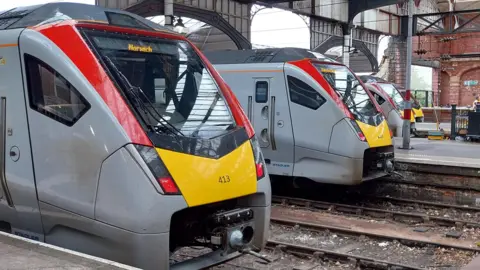 Owen Ward/BBC
Owen Ward/BBCAn integrated leadership team will bring together Network Rail Anglia, which is responsible for rail infrastructure like tracks and signals, with the operators Greater Anglia and c2c, which runs services in south Essex and was nationalised in July.
The DfT said that team would “increase collaboration and accountability, delivering improvements for passengers and freight users”.
But Jerome Mayhew, the Conservative MP for Broadland and Fakenham in Norfolk, told Sunday’s BBC Politics East that he was “really worried” about rail nationalisation and that “Labour has got the wrong analysis” and were “giving the wrong solution to the problems”.
Greater Anglia, he added, was a “really well-run private business”, which had invested in new trains.
The first nationalised Greater Anglia service on Sunday will be the 16:10 BST Stansted Express from Liverpool Street.

ISLAMABAD – China has pledged to strengthen cooperation with the University of Agriculture Faisalabad (UAF) in agriculture, veterinary sciences, and cultural exchange to build practical partnerships for improving food security and…

Blackout is a glitch, a moment of rupture, riot, and rebellion; a cognitive tilt that disrupts the network of understanding—the very possibility of connection, communication, and control. Blackout is an anomaly in the system: a suspended time,…
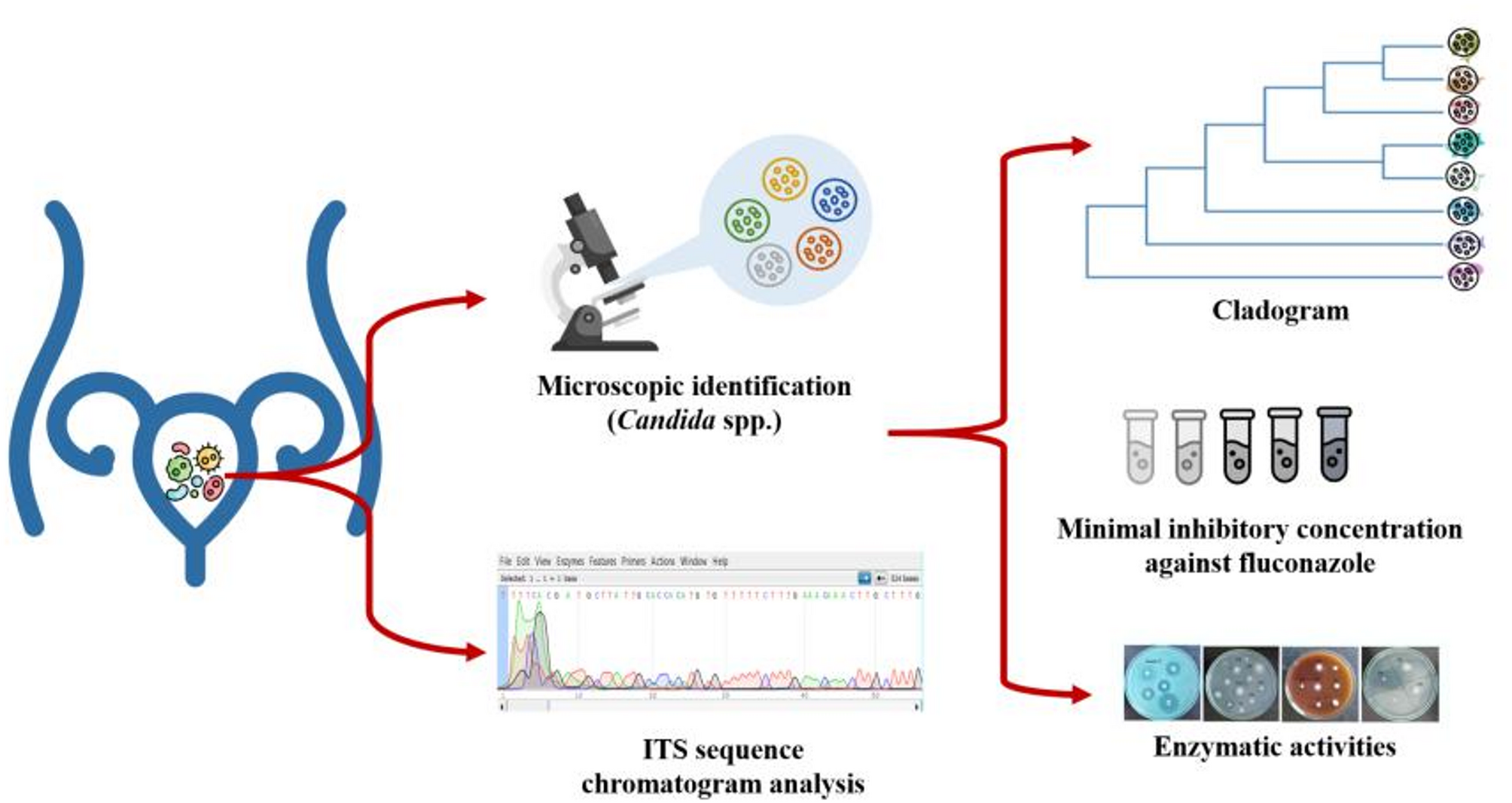
Wang Y, Liu Z, Chen T. Vaginal microbiota: potential targets for vulvovaginal candidiasis infection. Heliyon. 2024;10(5):e27239–51. https://doi.org/10.1016/j.heliyon.2024.e27239.
…

Berlin, Germany, October 9, 2025 — As delegates from around the world and across the private sector and civil society gather for the 2025 World Health Summit, the Reaching Every Child in Humanitarian settings (REACH) consortium has…
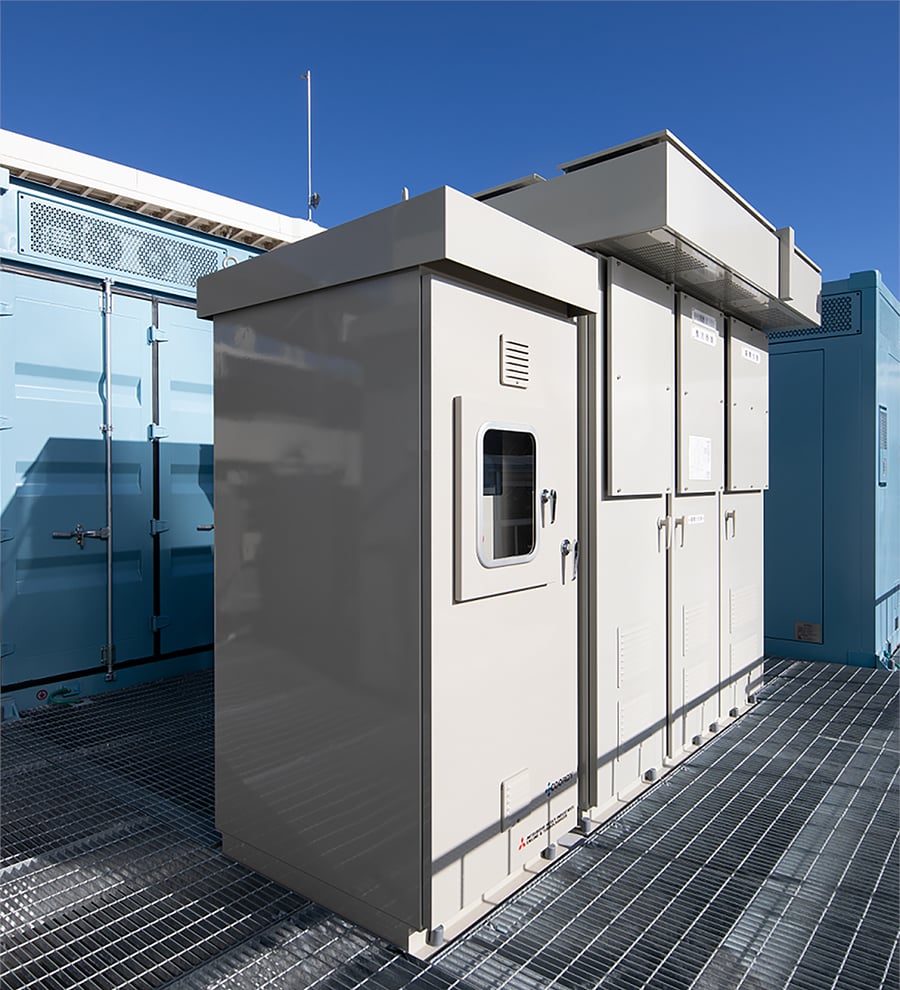
Tokyo, October 10, 2025 – Mitsubishi Heavy Industries Engine & Turbocharger, Ltd. (MHIET) and MHI Transportation and Construction Engineering, Ltd. (MHI-TC), which are both Mitsubishi Heavy Industries (MHI) Group companies, have delivered the first “COORDY” microgrid controller enabling optimal control of multiple power sources and maximum use of renewable energy. Delivery was made to Mitsui Fudosan Logistics Park Yokohama-Shinkoyasu (MFLP Yokohama-Shinkoyasu), a large-scale logistics facility developed in Tsurumi-ku, Yokohama by Mitsui Fudosan Co., Ltd. and ENEOS Real Estate Corporation.
MFLP Yokohama-Shinkoyasu has a rooftop installation of a 2,000kW-class solar power generating facility and on-site storage batteries of roughly 2,600kWh to utilize the renewable energy. There, MHIET’s COORDY provides optimized control of three power sources; grid power, the solar power system and energy storage system (batteries). With the use of COORDY, it is expected to reduce CO2 emissions by some 40% compared to using grid power for the demand. MHI-TC was in charge of all aspects in purchasing, installation and trial operation of COORDY as well as construction of civil engineering structures. MHI Group’s total engineering capability(Note), achieved through close coordination among all Group companies, has made it possible to deliver a total package of optimal operational facilities and products with comprehensive handling of everything from civil engineering to installations of equipment, resulting in outstanding construction efficiency and total cost reductions.
EBLOX is a “Triple Hybrid” stand-alone power supply system developed by MHIET that coordinates energy from three sources: renewable energy such as solar power, a reciprocating engine generator and storage batteries. This combination allows for optimal use and stabilized control of renewable energy, which is inherently vulnerable to fluctuations. Since 2019, this system has been in operation as a demonstration facility at MHIET’s Sagamihara Plant. COORDY, which plays the key role in EBLOX, enables response to business continuity planning (BCP) needs and provides optimized control of power from the engine generator, storage batteries and renewable energy when grid energy is unavailable due to natural disasters, etc.
By proposing EBLOX as a solution that optimally utilize volatile renewable energy for stable power supply by way of COORDY, MHIET aims to achieve low-carbon/zero-carbon society along with MHI Group’s strategic approach towards energy transition and contribute to solving diverse social challenges.
MHI-TC, through its comprehensive capabilities in civil engineering, facility construction, and plant construction and engineering, will continue to strive to contribute to an optimized and efficient sustainable society through utilization of MHI Group products and facilities.
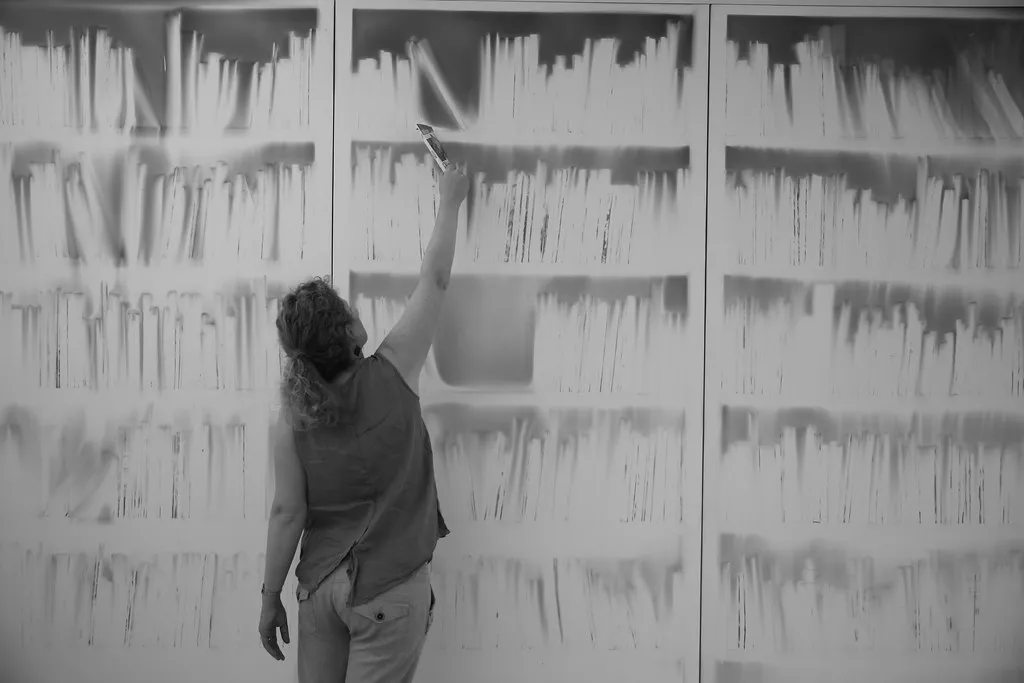
Editor’s Note: This article is a review and includes subjective thoughts, opinions and critiques.
Let’s start here: “Annie Bot” is not your typical dystopia. It’s the lovechild of “Ex Machina” and a bad Tinder date who…